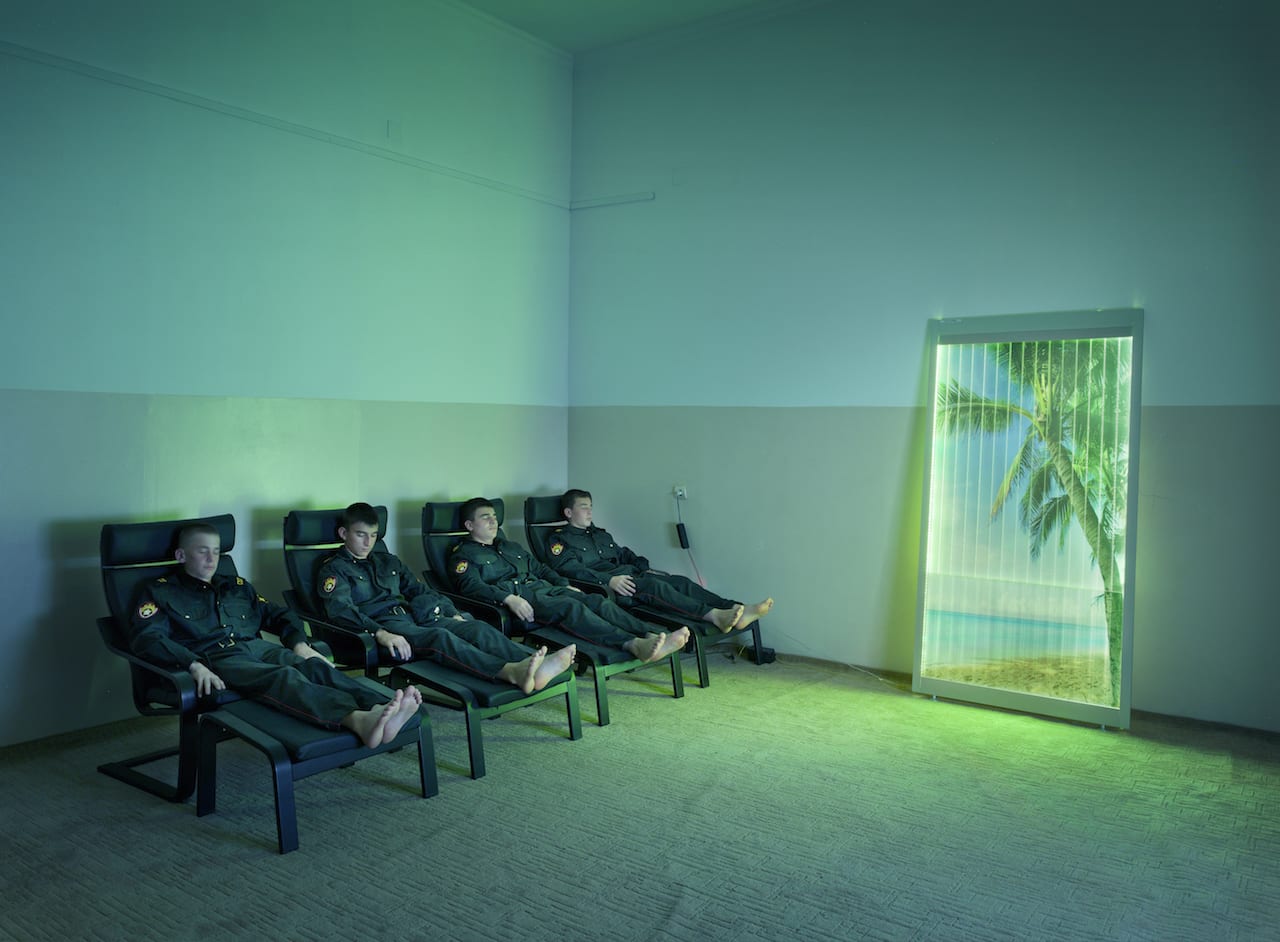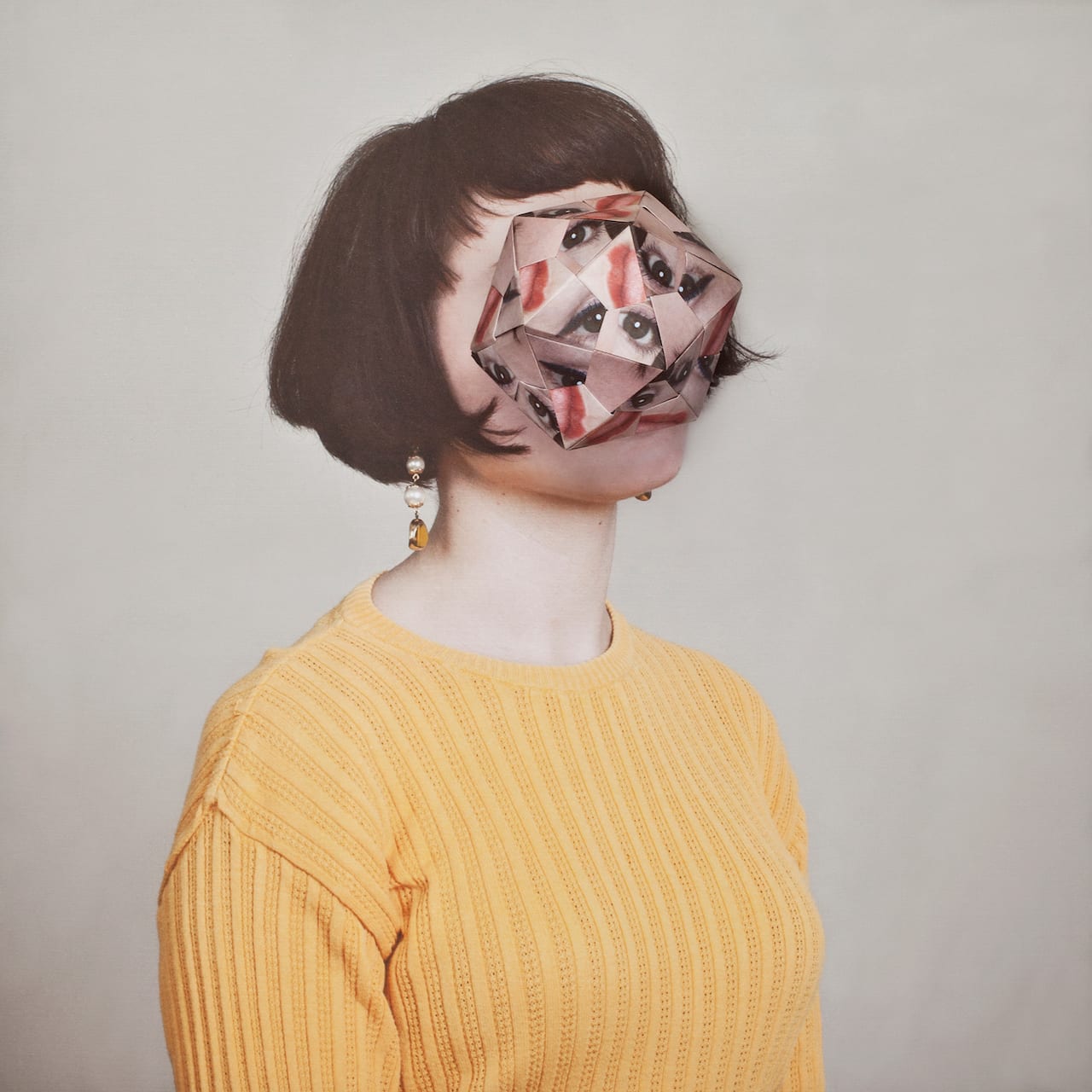“France has much more respect for photography than Britain,” says the Paris-based curator Susan Bright, who is acting as the ‘godmother’ to the Circulation(s) festival in the French capital this spring. “They have an equally rich photographic history to that of Britain, but they seem to respect their history more. The big art institutions have always collected photography, and seem more dedicated to it. They revere their heroes.”
The flipside, she says, is that French culture can be conservative. “They’re always putting on display another show of a dead man, one of the great French heroes. There’s often no contemporary contextualisation. He’s just revered. In that sense, France’s art culture can be very tight. It doesn’t take a lot of risks.”
Arguably, the mentality Bright describes is most prevalent in Paris, which didn’t have a festival or showcase for new talent until 2012, when Circulation(s) started up. Rencontres d’Arles, Visa pour l’Image or Hyères Festival of Fashion and Photography are all in southern France; in the capital, Paris Photo is the magnet and, as a commercial art fair, it tends towards the safe and the established.
But that’s exactly when Circulation(s) is so significant, says Bright. “It is a very progressive, very independent festival. It’s not part of the city’s art establishment. It’s dynamic, because the organisers are working way out on a limb. And by situating the festival in the 19th arrondissement, it brings a real lift to an area which isn’t otherwise culturally rich.”
Originally launched by local Parisians Marion Hislen and Valerie Lambijou in 2011, Circulation(s) takes place at the Centquatre, a building complex that once housed the city’s undertakers but which was brought back to life a decade ago as a cultural centre. “The venue is very special,” says Bright.
“It’s in an area that is more ethnically diverse. It is a vast arts centre and very dynamic. It feels very inclusive and accessible, and quite different from many other Parisian venues. It’s free to enter and is full of dancers, circus, yoga, theatre, music. It feels very community-based and refreshing.”
And this carries through to the spirit of the festival, she feels. “The organisation is small, women-led and quite amazing, frankly. They seem to pull off an enormous initiative on hard work and little money. They are all outgoing and open-minded. There is a good independent spirit behind it.”
The festival, which runs from 17 March to 06 May, is orientated around an open call, from which 16 photographers have been selected to show their work alongside 26 guest artists. This year, those photographers include several names which will be familiar to regular BJP readers – Igor Samolet, Louis Quail, Viacheslav Poliakov, Anna Ehrenstein, Dominika Gesicka (BJP issue 7857), and Çağdaş Erdoğan (who was recently released from jail in Turkey).
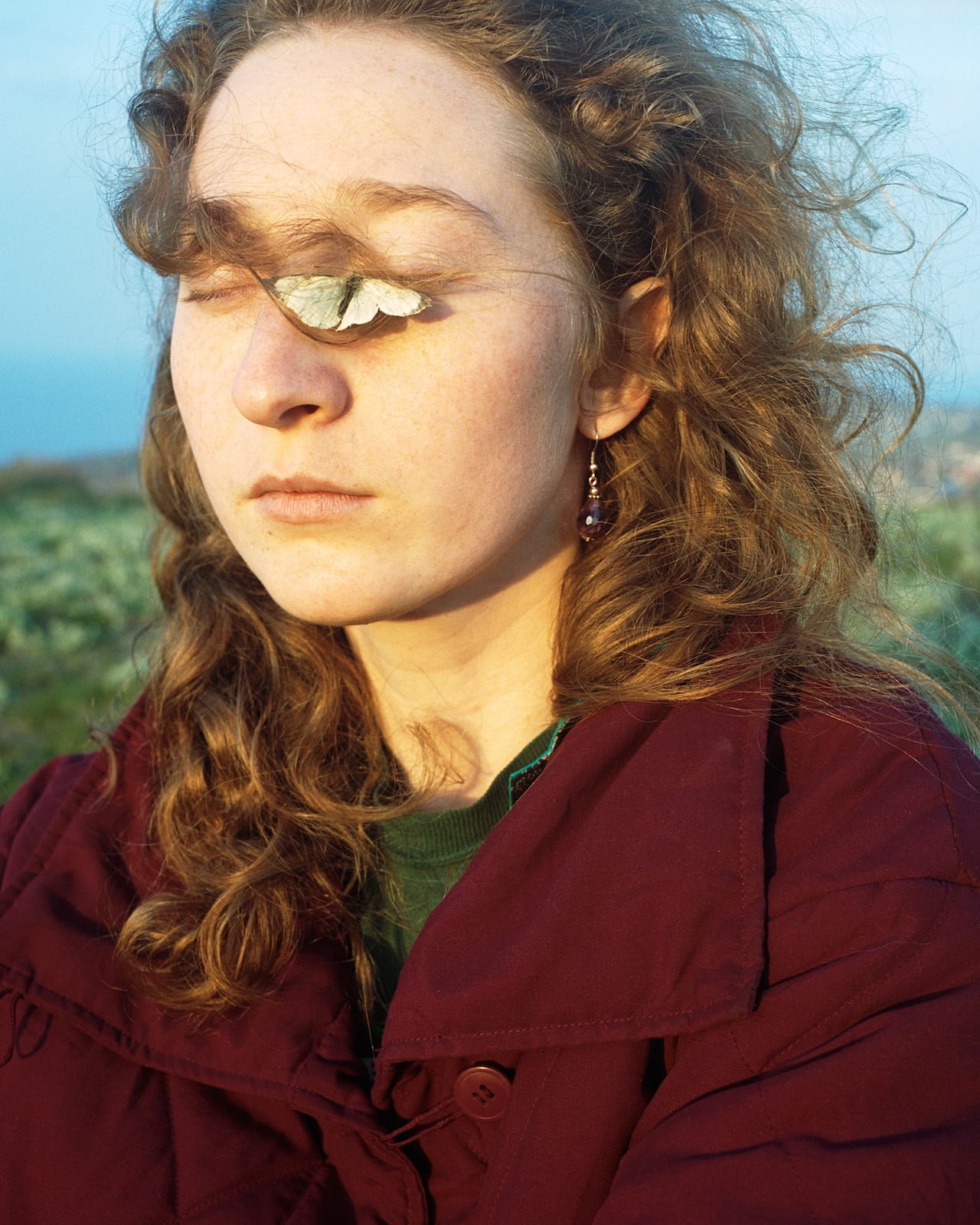
A further four have been hand-picked by Bright, who has chosen Susannah Baker-Smith, Giulia Berto, Julien Bonnin, and Vanja Bucan. In addition a gallery and a college are invited to show work; this year the gallery is Rodovid from Ukraine, and it’s showing Sergey Kammenoy and Olena Subach, while the college is the Rodchenko Art School from Moscow, which will present work from Arnold Veber and Olga Vorobyova.
In addition, there are portfolio reviews, screenings, discussions, an education programme, and the so-called Little Circulation(s), which is aimed at children. Last year the event had more than 56,000 visitors.
All artists have equal billing, which Bright says is key. “There’s a non-hierarchical feeling to the work displayed, and that changes the entire tone of the festival. It’s very accessible, it’s all about emerging talent, it’s very fresh – and that makes it a very different sort of proposition.”
Circulation(s) – European Young Photography Festival takes place from 17 March-06 May at Centquatre-Paris, 5 rue Curial, 75019 Paris festival-circulations.com
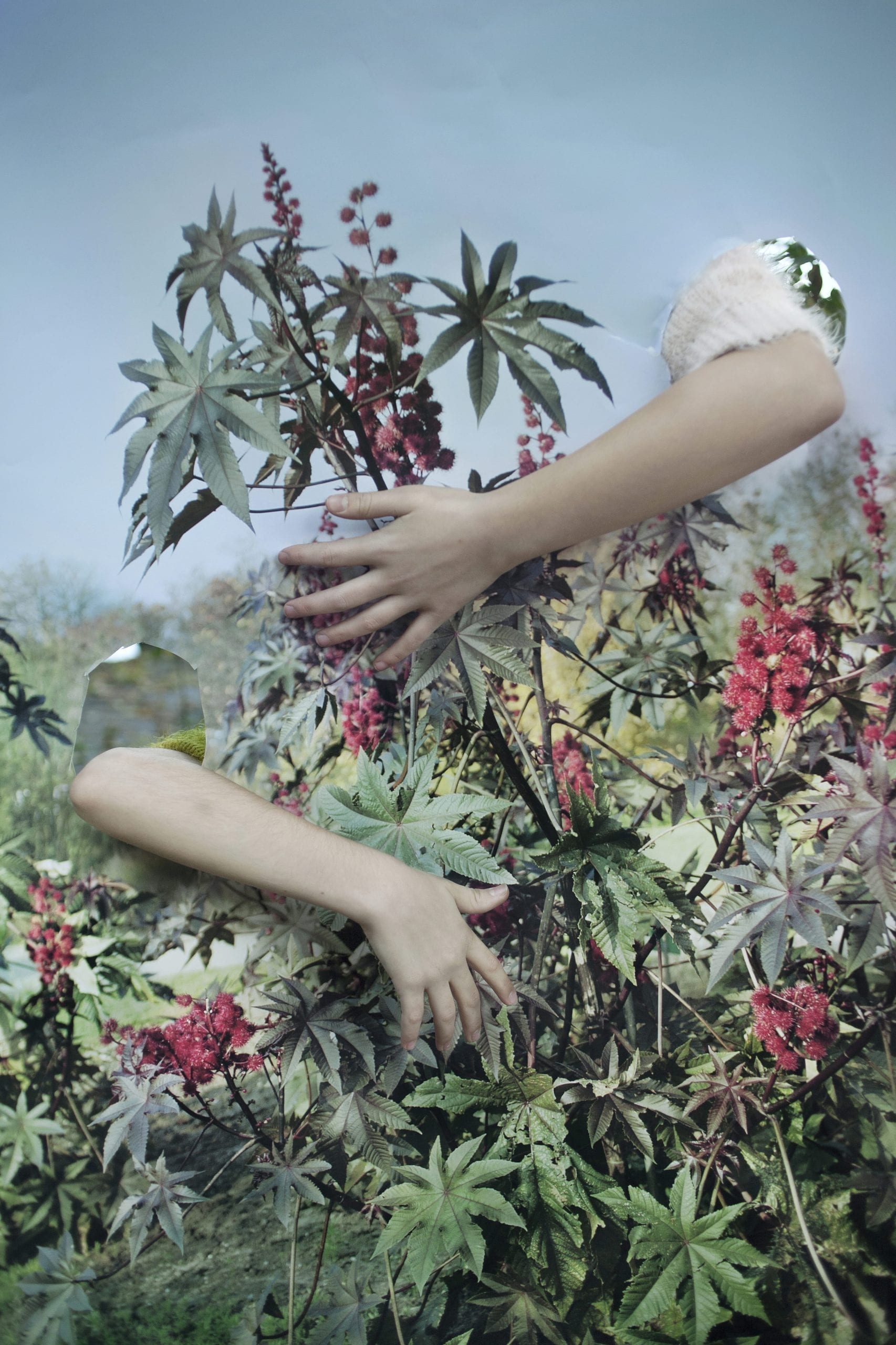
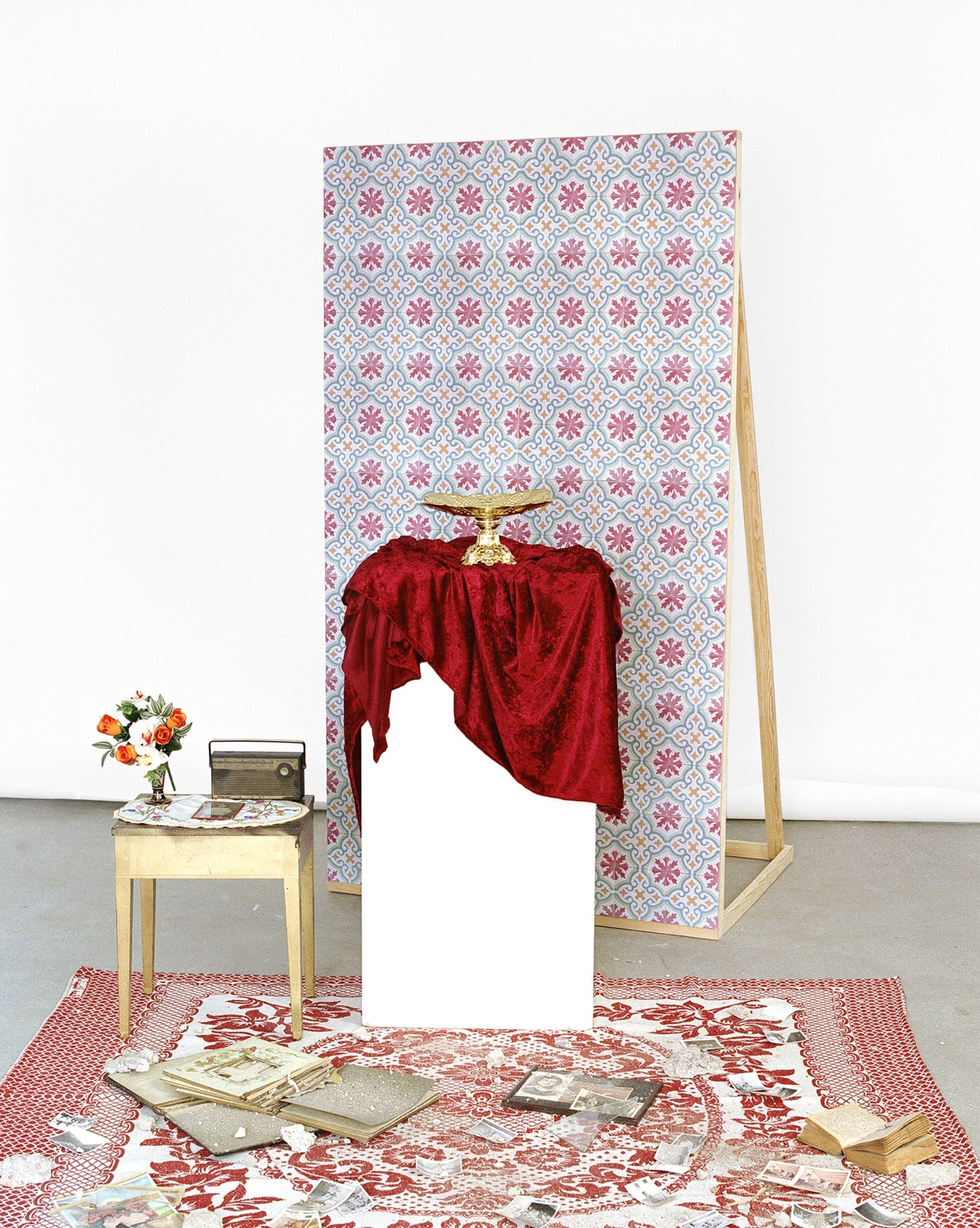
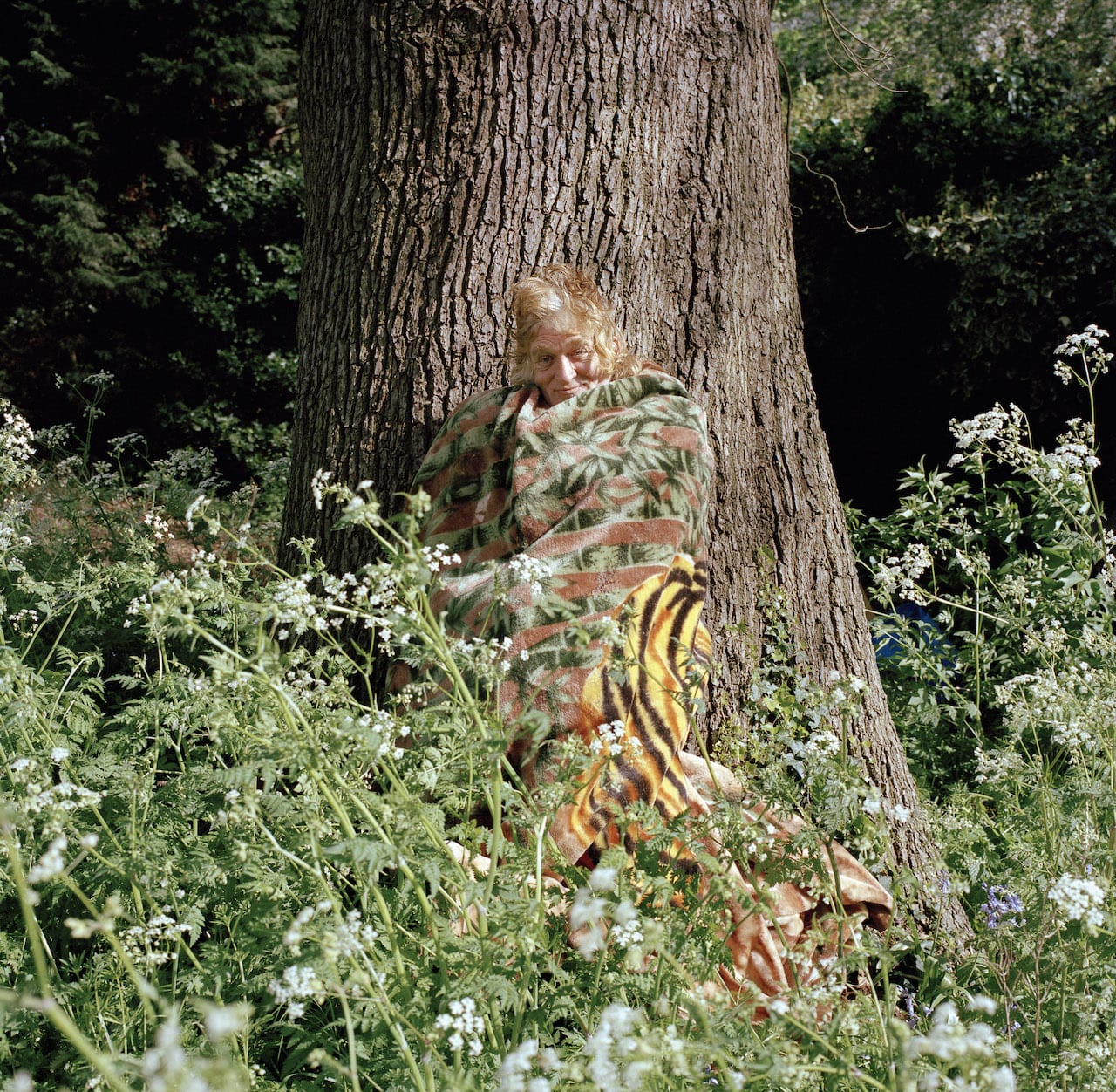
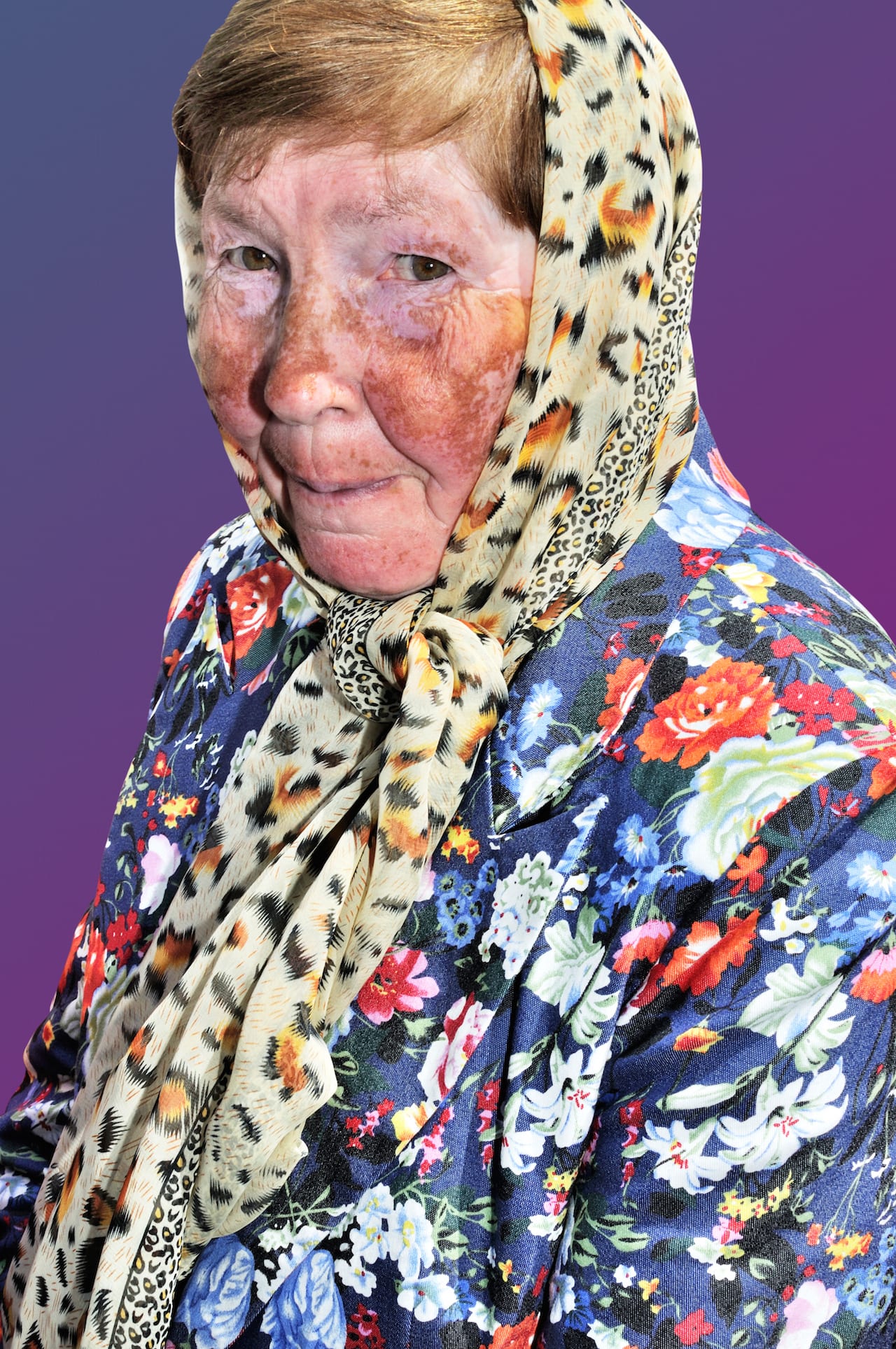
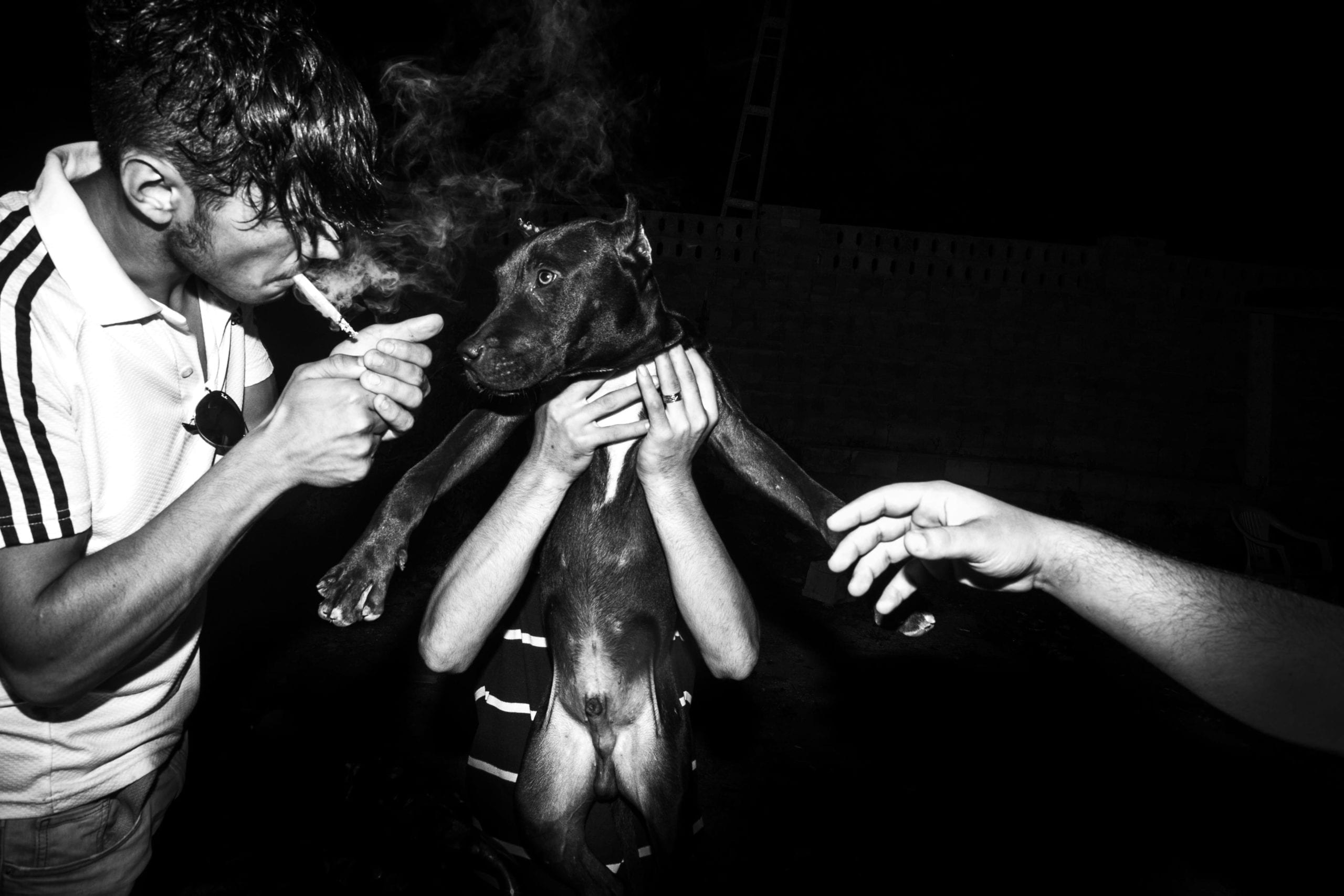
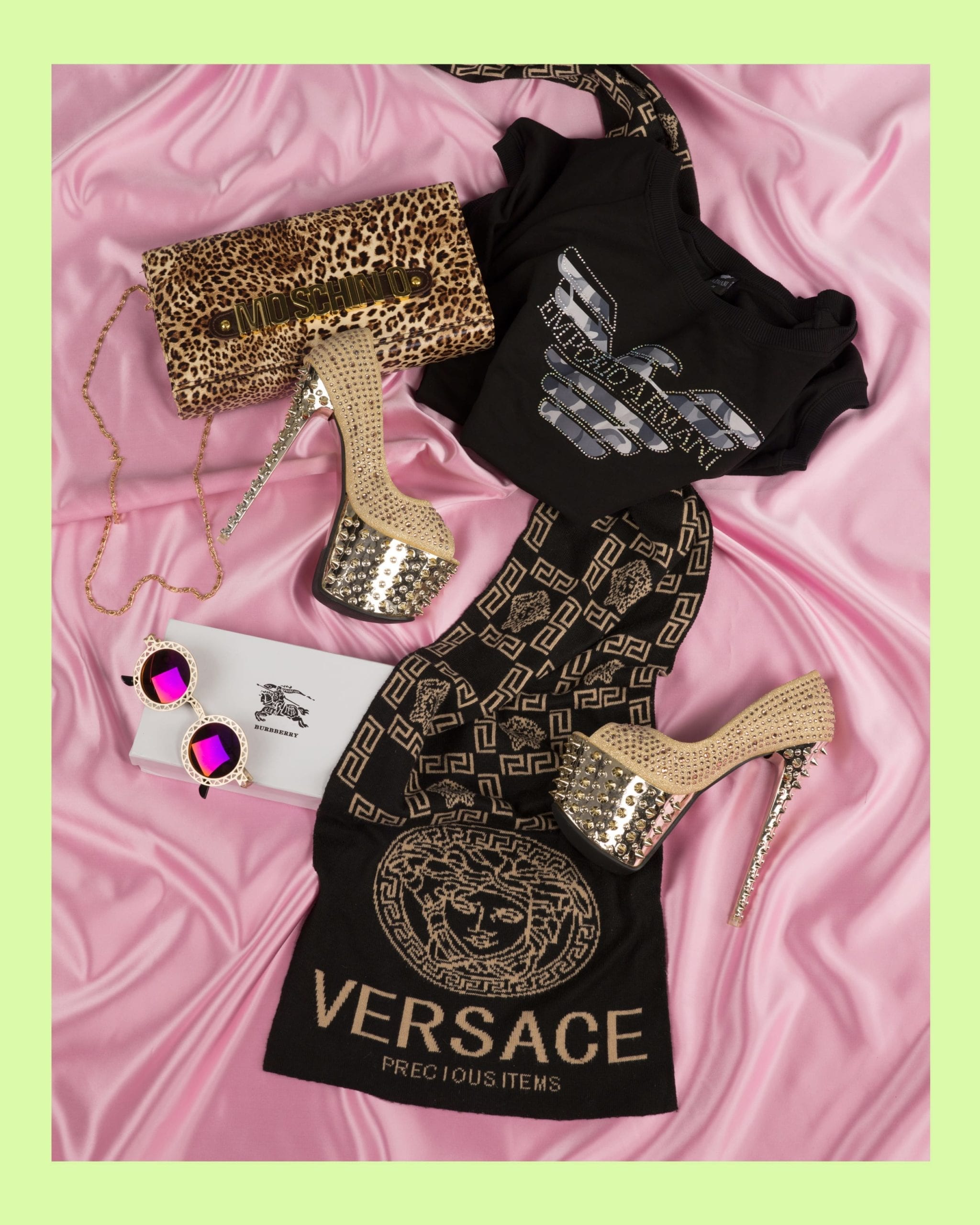
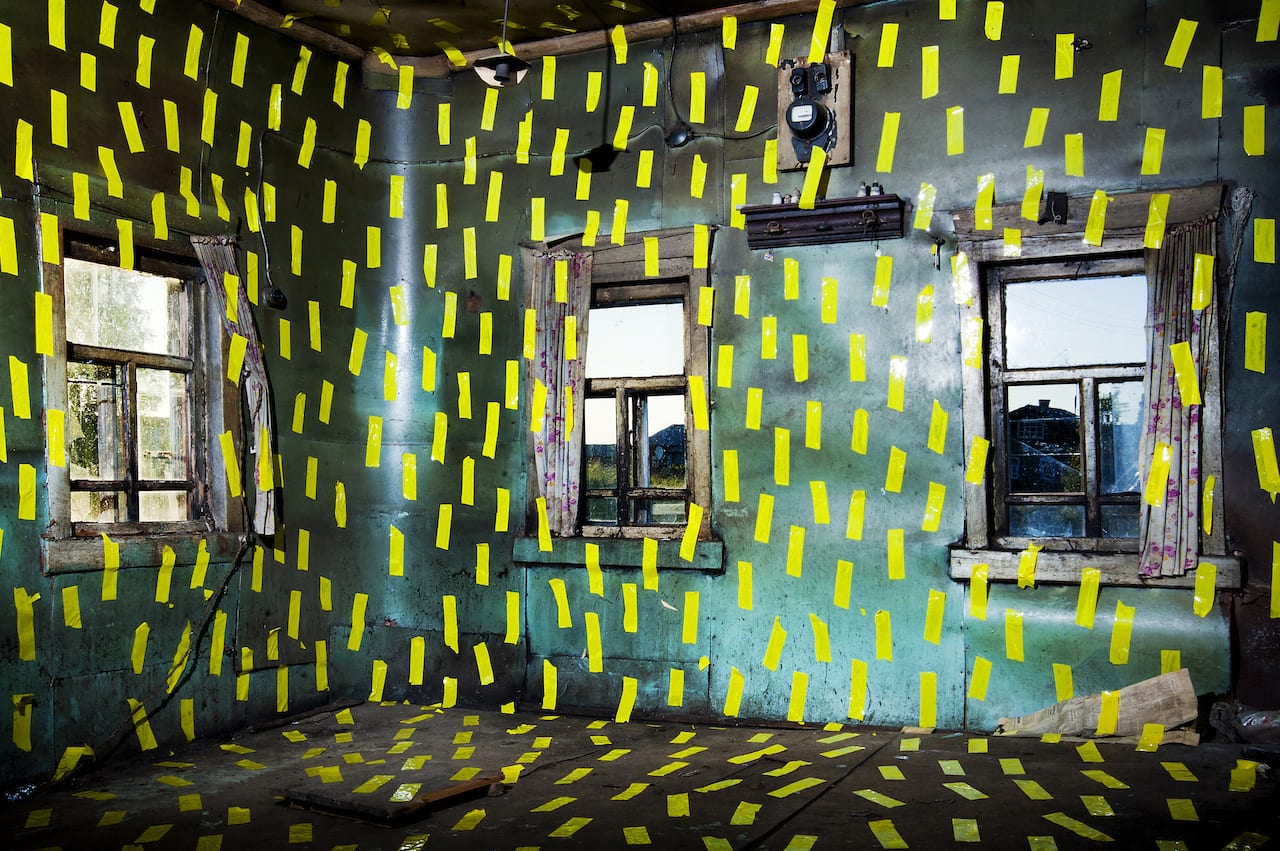
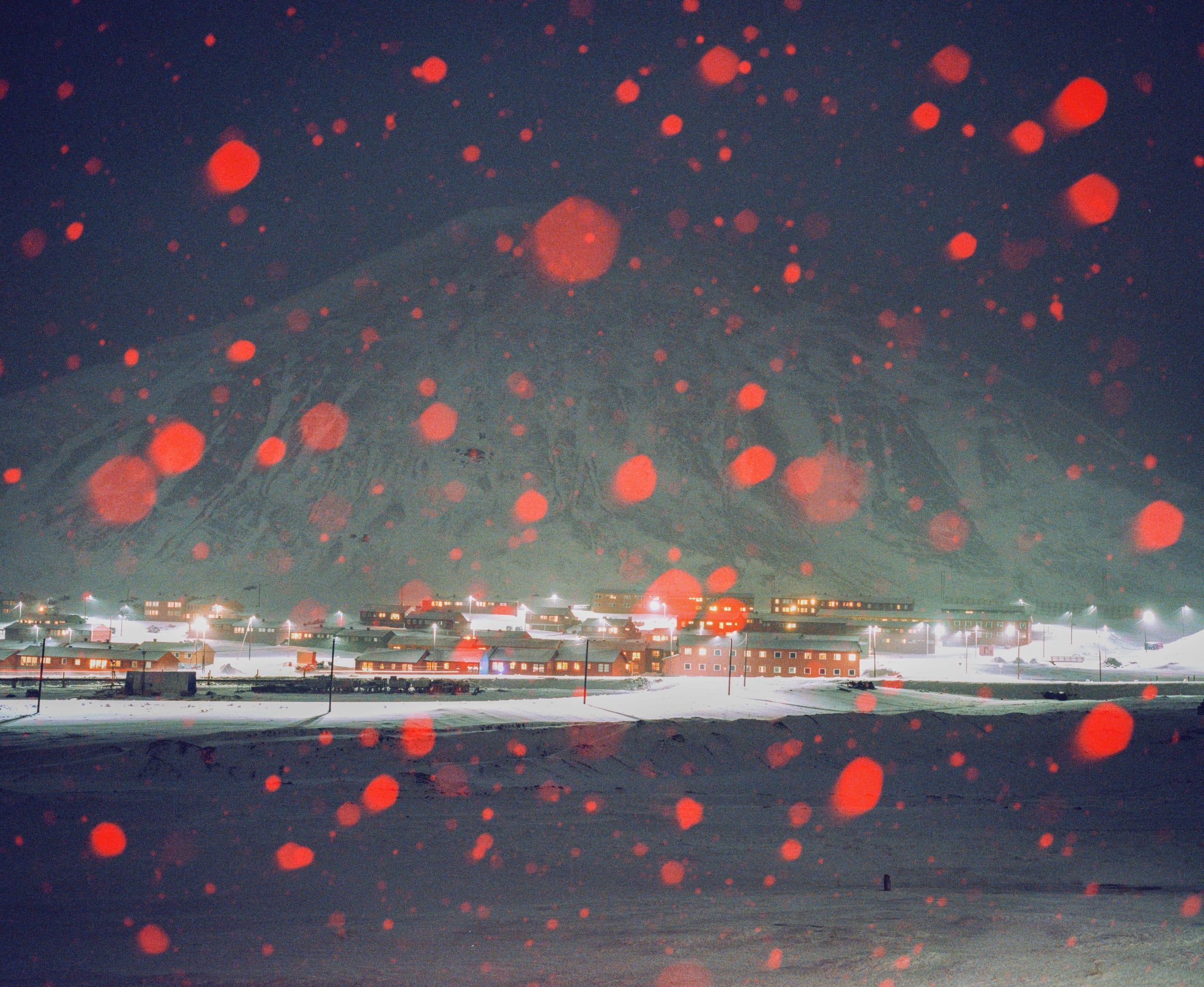
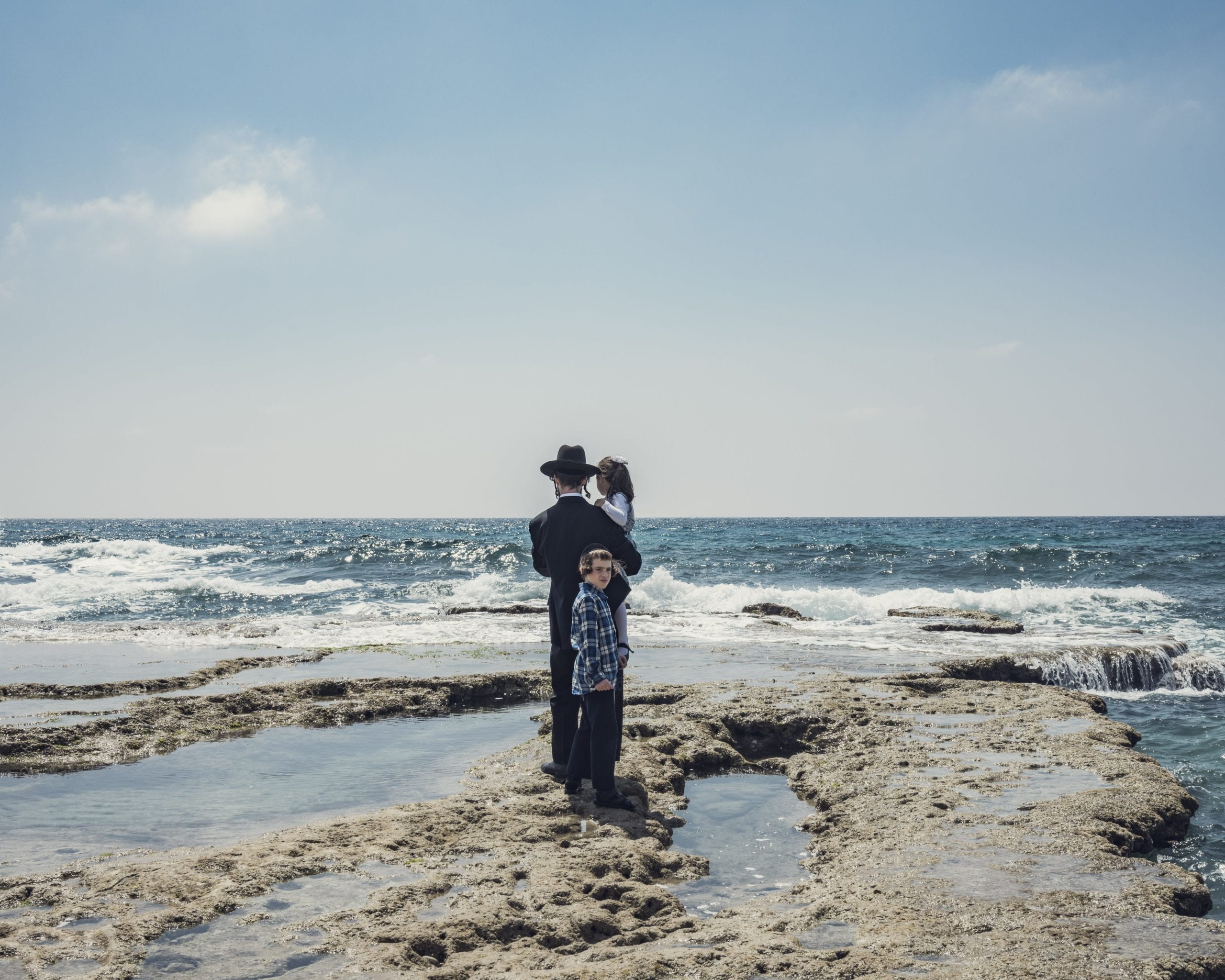
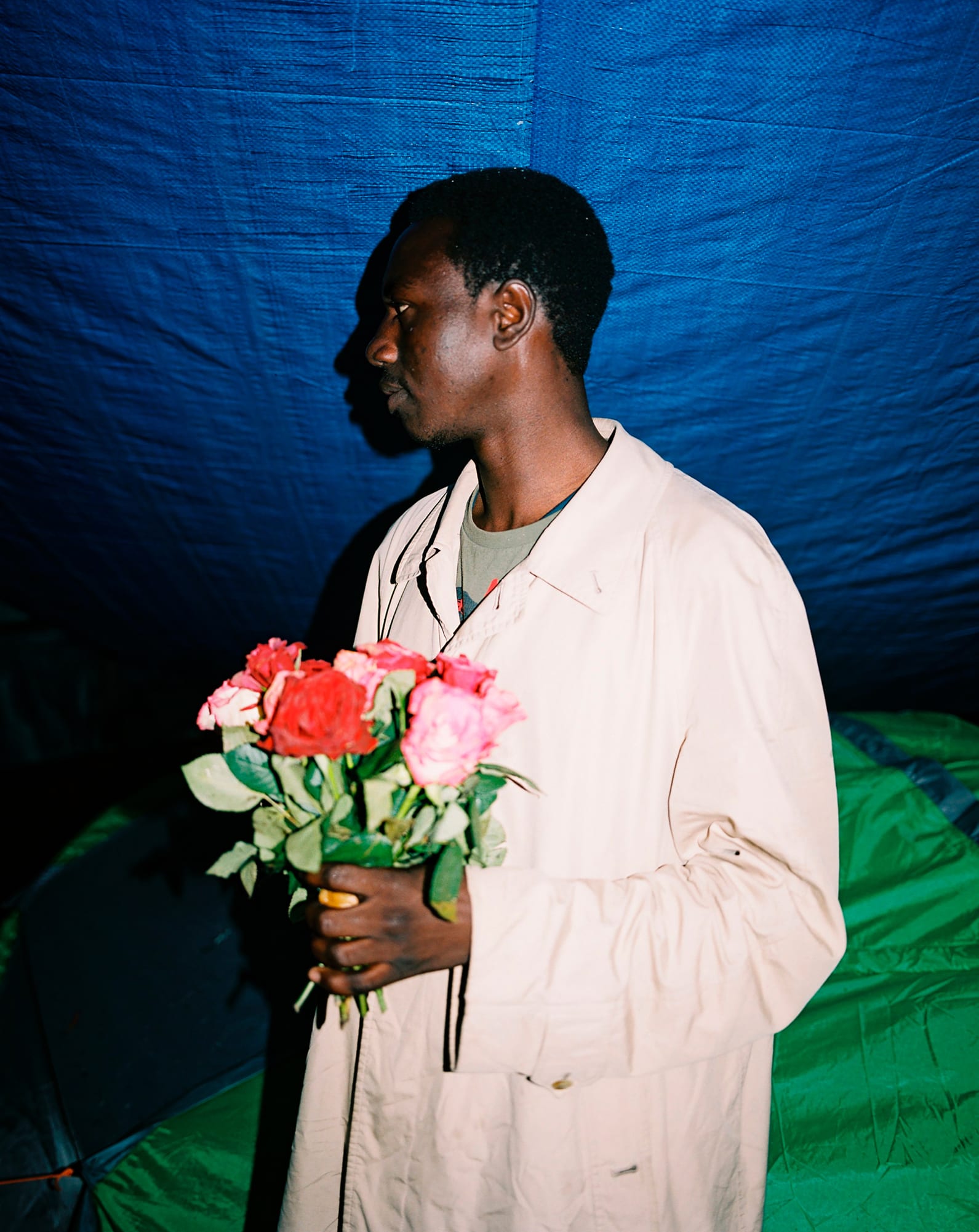
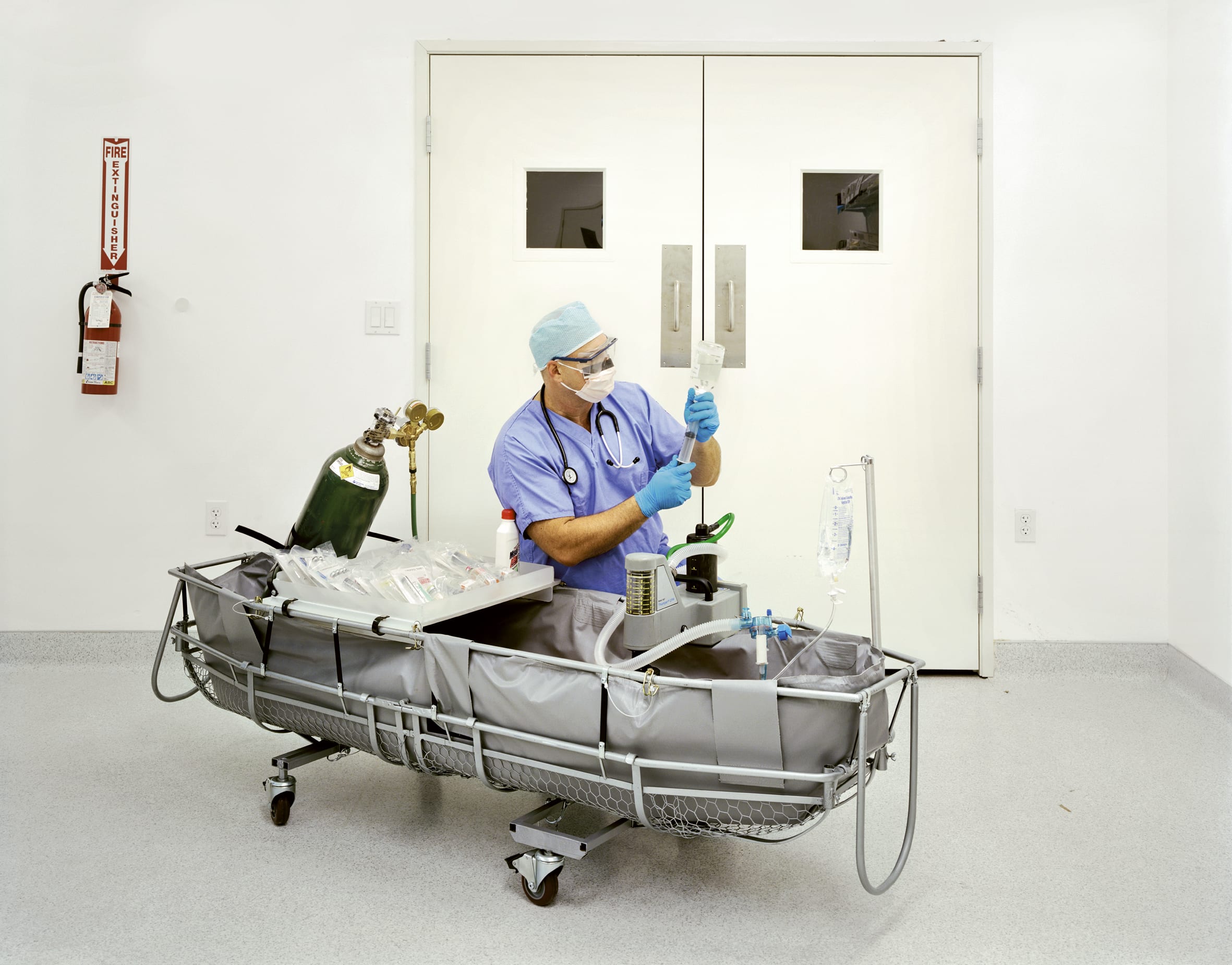
Once a cryonics patient is pronounced legally dead, the response team place them in a bath of ice to start cooling the body. An automated heart-lung machine is used to keep the cells of the patient’s organs and tissues alive and restore blood flow needed to administer anticoagulants and medications. It is very important these processes are carried out correctly, otherwise perfusion (blood washout) and vitrification (insertion of cryoprotectant) may not be possible. The Prospect of Immortality © Murray Ballard
